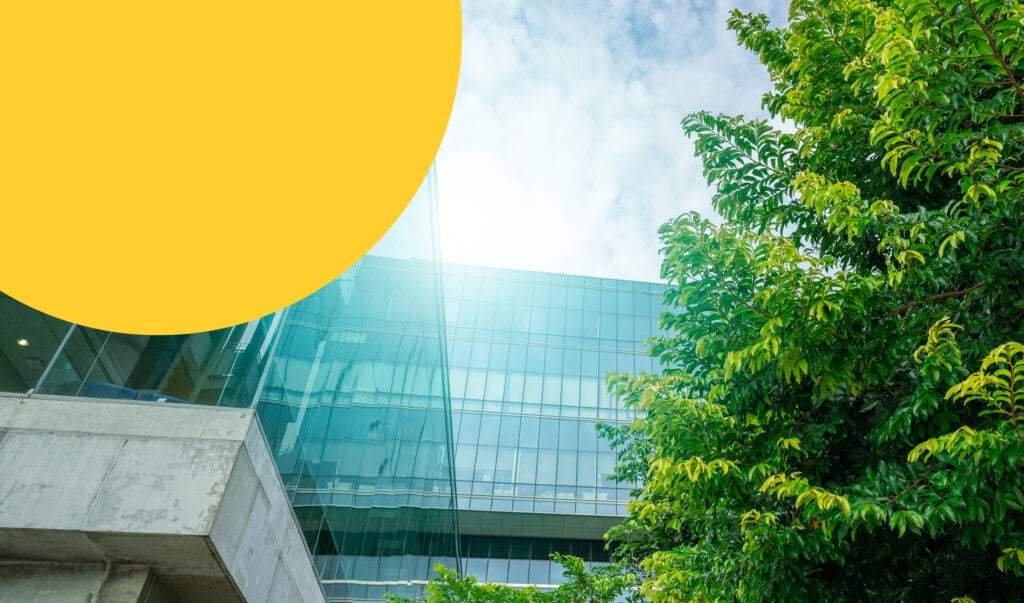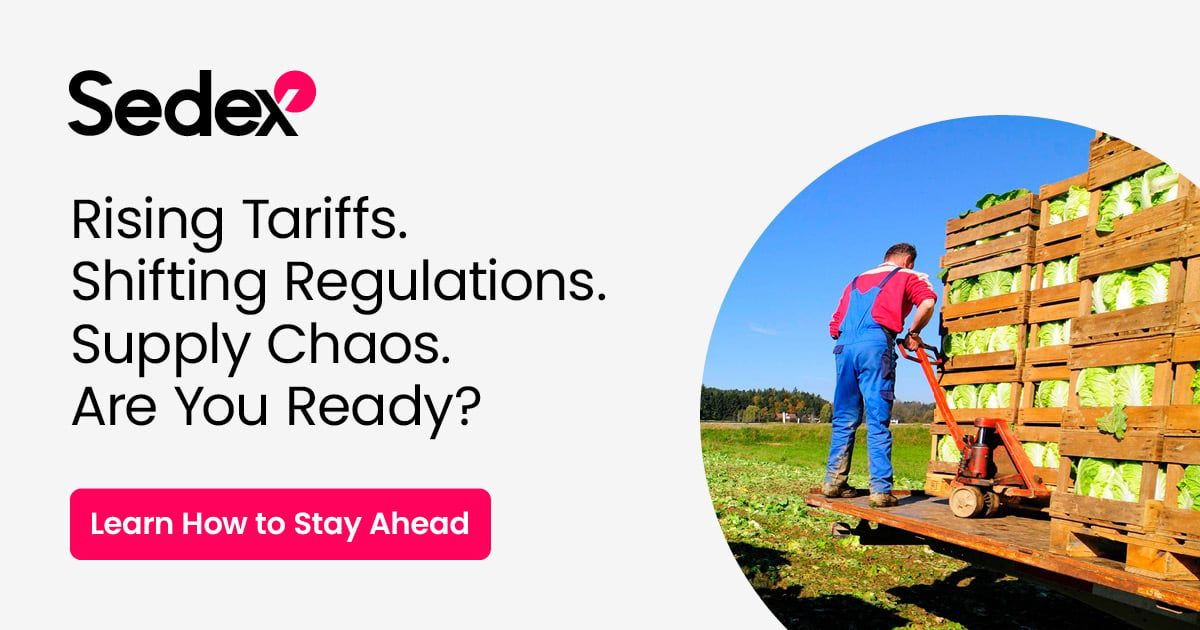Child Labour Risk Assessment: How to Identify and Address Risks in Your Supply Chain
Understanding the importance of tackling child labour risks in modern supply chains
If you can’t see into every tier of your supply chain, you can’t be certain child labour isn’t present. The International Labour Organization (ILO) estimates that around 160 million children worldwide are engaged in work that harms their health or education. Many contribute indirectly to products sold in Europe and North America. For leaders, the challenge is clear: without systematic risk assessment and human rights due diligence (HRDD), child labour can persist unnoticed across agricultural fields, artisanal mines and outsourced workshops. It’s not enough to hope your policies are working; you need evidence.
What is child labour risk assessment?
A child labour risk assessment is a core element of human rights due diligence. It systematically identifies where and why children might be working in your supply chain so you can prevent, mitigate and remediate abuse.
High risk sectors and indicators of child labour
| Sector | Common indicators |
| Agriculture | Seasonal labour peaks, familyrun farms, limited school access |
| Mining (artisanal) | Informal operations, piecerate pay, hazardous conditions |
| Garments & textiles | Homebased work, subcontracting, migrant workers |
| Electronics | Complex subcontracting, young workers assembling small parts |
| Construction materials | Brick kilns, stone quarries, reliance on labour brokers |
These sectors often intersect with poverty, weak law enforcement or migration, amplifying risk.
Building your assessment around the HRDD process
1. Map your supply chain
Identify every supplier and subcontractor, including beyond tier one. Document where raw materials are sourced, who processes them and where final assembly occurs. Prioritise mapping of known highrisk sectors and geographies.
Read more about how to get started with supply chain mapping.
2. Assess risks
Once you have visibility, apply structured risk indicators. Focus on highrisk sectors, vulnerable populations (migrants, ethnic minorities) and contexts where education or legal protections are weak. Engage workers, unions, NGOs and community leaders to gather ontheground intelligence. Look for warning signs: labour shortages that pressure employers to relax hiring standards, excessive overtime and lack of age verification. Incorporate climaterelated stressors too; floods or droughts can push families to send children to work.
3. Prioritise further investigations
Risk assessment will highlight hotspots. Don’t simply score sites and move on; decide where deeper investigation is needed. This may include independent audits (e.g. SMETA social audits), targeted assessments for smallholder farmers or human rights impact assessments. For areas where child labour is common, agree a remediation process before going on site. Partnering with local NGOs helps build trust and ensures support is in place if children are found working.
4. Remediate and monitor
When child labour is confirmed, act quickly and sensitively. Develop a corrective action plan that removes children from harm, supports their families, and provides access to education or vocational training. Refer to guidance from UNICEF and childlabour specialists such as Impactt. Track progress through followup audits and direct engagement with affected children and families.
5. Preventative measures
Prevention is better than cure. Ensure suppliers understand your zerotolerance policy on child labour and that highrisk suppliers receive targeted training. Address root causes with programmes that support living wages, community education and economic diversification.
Why child labour risk assessment matters
Emerging regulations, including the EU Corporate Sustainability Due Diligence Directive (implementation from 2027) and the Uyghur Forced Labor Prevention Act, require companies to demonstrate active HRDD. Ignoring risk exposes brands to legal penalties, supply chain disruption and reputational damage that can take years to repair. Proactive assessment not only protects children but strengthens supply chain resilience and builds trust with investors and consumers.
Technology and tools for ongoing monitoring
You can’t manage what you can’t measure. Platforms like Sedex streamline risk management by helping you map suppliers, screen for risk factors, schedule and track independent audits (including SMETA), monitor corrective actions and report transparently to stakeholders. Automation reduces administrative burden and creates an audit trail that regulators and investors expect.
Embedding due diligence into business practice
Child labour risk assessment isn’t a oneoff project; it’s part of your wider HRDD. Publish a clear policy on child labour, integrate assessment findings into sourcing decisions, train procurement teams, refresh risk assessments at least annually and report on progress openly. When combined with preventative programmes that tackle poverty and education gaps, this approach creates a supply chain where child labour cannot thrive.
Moving from awareness to action
Child labour isn’t confined to the past or to distant geographies. It’s a presentday risk that can infiltrate even the most reputable brands if left unchecked. The difference between companies that manage this risk and those caught out lies in commitment: the commitment to map supply chains thoroughly, assess risks honestly and act decisively when problems emerge. By embedding HRDD and rigorous child labour risk assessments into everyday operations, you protect children, strengthen supply chain resilience and build the transparent, accountable business practices that stakeholders increasingly demand.
Ready to strengthen your child labour risk assessment?
Speak to our team about how Sedex can support your due diligence programme.




